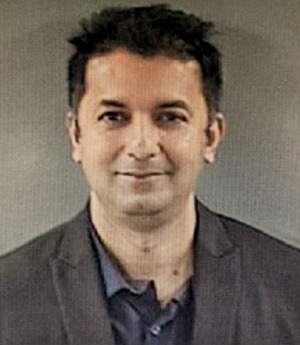At-Home Sleep Apnea Screening

A large proportion of the American population currently suffers from sleep disorders. Among them are patients with obstructive sleep apnea (OSA), who repeatedly stop breathing while asleep. Current screening methods and devices are impractical for widespread screening. We introduce a new model for low-cost OSA screening consisting of an at-home, wearable sleep mask that can easily track the wearer’s sleep patterns. The data collected overnight by this sensory mask provides a determination of a patient’s OSA risk.
Why is this work important?
There are 7-18 million Americans suffering from sleep disorders. Among them are patients with OSA, who stop breathing either completely or partially while asleep. This is a serious condition with few reliable low-cost devices available for primary diagnosis without expert supervision.
What has been done before?
The gold standard for OSA diagnosis is overnight polysomnography (PSG). Apart from that there are many home diagnostics devices available. However, many at-home devices offer poor diagnostic quality and some of them also require expert intervention, from installation of the device to analysis of the data.
What are our contributions?
We report the construction and validation of a design for low-cost OSA screening built around a simplified screening device embedded in an at-home wearable sleep mask. This simplified screening system allows for OSA diagnosis without imposing the costs or time commitment of a full PSG.
What are the next steps?
Automate data analysis and screening so that the device can be evaluated in larger studies.

Dr. Pratik Shah
Faculty Member
Other Contributors
Athanasios G. Athanassiadis, Niharika Gill, Sai Sri Sathya, Geetanjali Rathod, Akshat Wahi, Maulik Majmudar